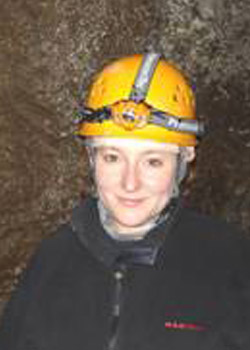Engel Coauthors Study on Healthy Coastal Ecosystems
News

Engel Coauthors Study on Healthy Coastal Ecosystems
Annette Engel, a professor in the Department of Earth and Planetary Sciences, coauthored a study titled “Extensive thioautotrophic gill endosymbiont diversity within a single ctena orbiculate (Bivalvia: Lucinidae) population and implications for defining host-symbiont specificity and species recognition,” published in the American Society for Microbiology’s journal mSystems.
Researchers studied symbiotic bacteria found inside of Lucinidae clams in seagrass meadows along tropical coasts.
“It is a really interesting ecosystem that not many know about because it’s under the surface,” Engel said. “There’s this feedback mechanism, so that if the clams are healthy, then the seagrass around them is healthy.”
Bacteria in these areas contribute to the well-being of the marine ecosystem, oxidizing toxic sulfides and converting the resulting energy into sugars from carbon dioxide that clams can use.
“The clams live about half a meter into sediment in these areas, right below the seagrass roots,” Engel said. “Because the bacteria inside the clams remove hydrogen sulfide from the environment, it really does clean up the sediment and helps all of the end fauna.”
Researchers also discovered a new species of clam, usually found in lakes that were accessible to the ocean when sea levels were higher.
“They’re kind of like these relic organisms that tell us what life was like 10,000 or 20,000 years ago,” she said.
The research took place over a ten-year span, focusing on sites in the western Florida Keys.
Other coauthors on the paper include Clemson University associate professor Barbara Campbell, graduate student Shen Jean Lim, and undergraduate Louie Alexander; University of Tennessee geochemistry lab manager Audrey Paterson; and South Dakota School of Mines and Technology professor Laurie Anderson.